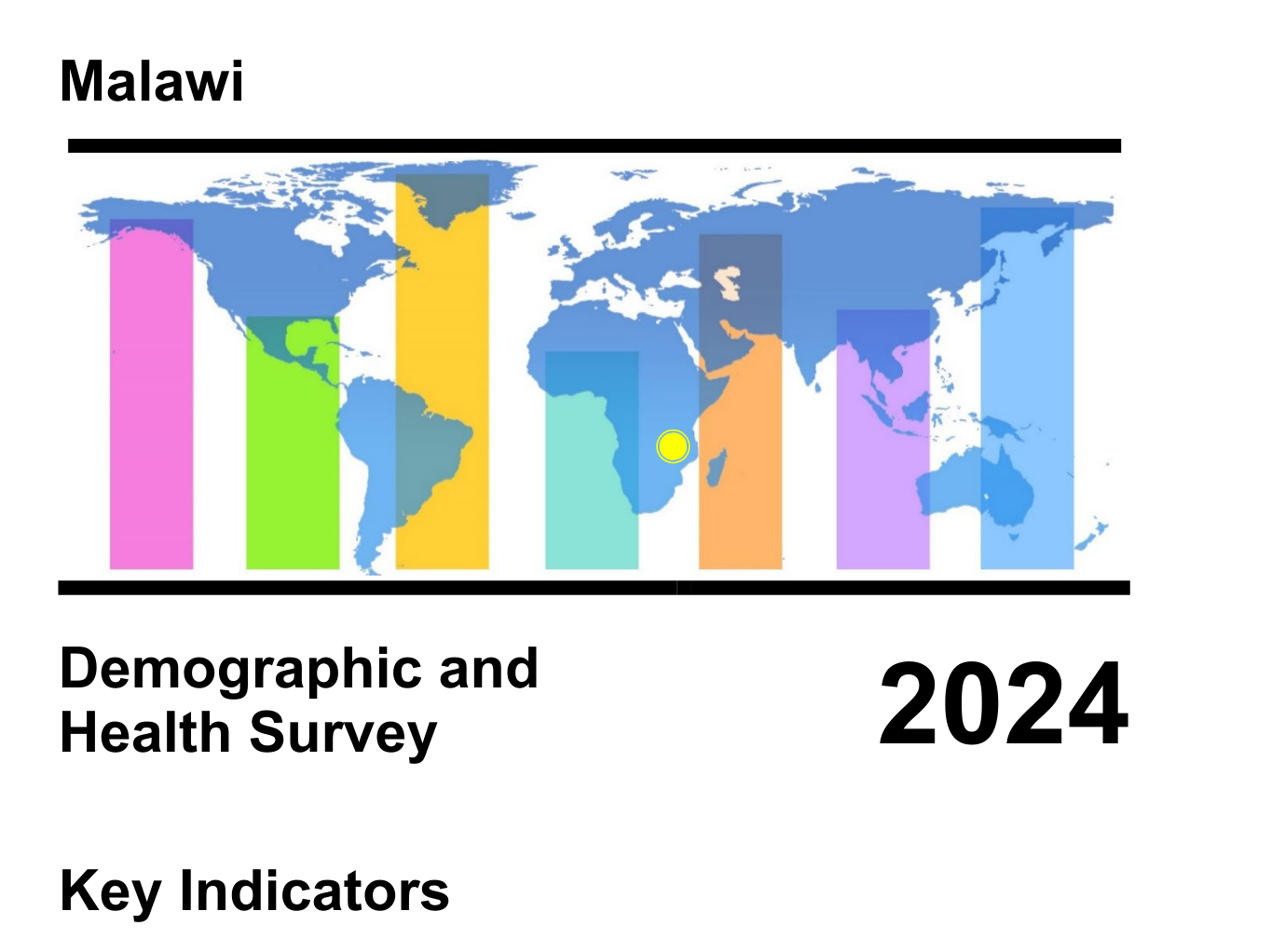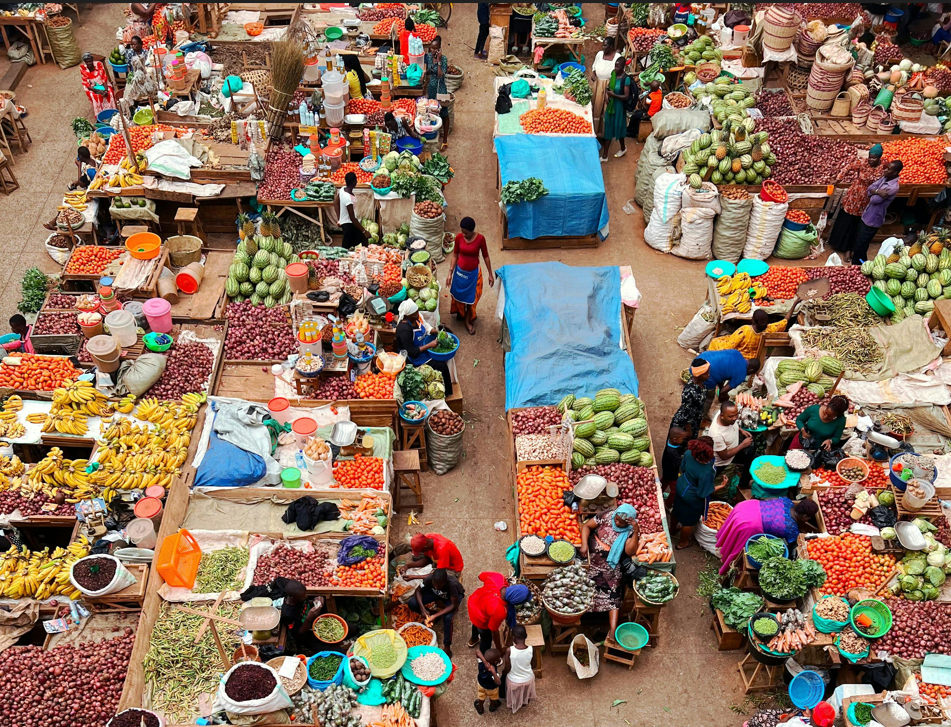National Accounts
Gross Domestic Products, 2023
In 2023, Malawi’s real
GDP grew by 1.9%, driven by improvements in the
Electricity sector, which has wide-reaching links to various industries.
Positive growth was also observed in Construction, Accommodation and Food
Services, Transport, Finance and Insurance, and Health Services. However,
slower overall growth was primarily due to the impact of Tropical Cyclone
Freddy on the Agriculture sector, which affected industries connected to it.
Additionally, the 44% devaluation of the Malawi Kwacha, driven by a foreign
exchange crisis, contributed to a sharp rise in inflation, further slowing
economic growth.
Real GDP Growth
Developments Since 2017
Malawi's
GDP growth rose steadily from 2017 but declined in 2020 due to poor
agricultural yields and the impact of COVID-19. The economy rebounded in 2021,
growing by 4.56%, driven by the easing of COVID-19 restrictions, which
revitalized various sectors. Contributing factors included improved energy
production from new solar farms, enhanced electricity generation, favorable
weather, and the Affordable Inputs Program (AIP) which boosted agricultural
output. However, a decline occurred in 2022 due to the Covid-19 pandemic and
reduced agricultural production which is a key contributor to GDP. In 2023, a
modest growth was achieved, mainly due to improvements in the electricity
sector, with strong performances in manufacturing, construction, transport,
arts, and health services.
Real
GDP percent Shares by Activity (2023)
Overall,
agriculture remains the largest contributor to GDP, accounting for 21.7%,
followed by manufacturing (11.5%), wholesale and retail trade (11.1%), and real
estate (6.6%). These key industries continue to shape the foundation for
Malawi’s national economic planning and development. This pattern has
persisted for years, with agriculture consistently holding the largest share.







